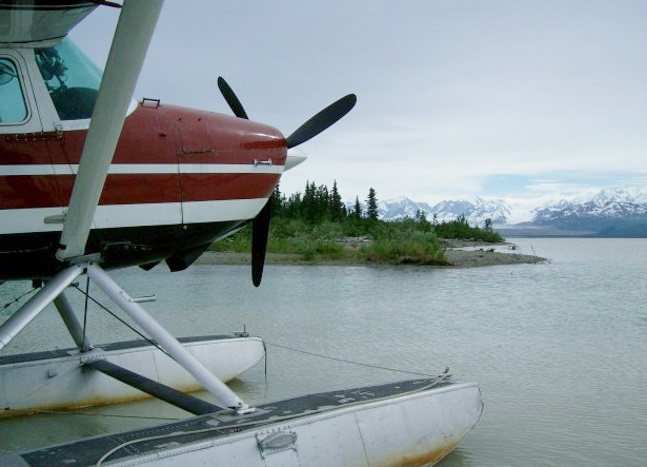Minimum Requirements Analysis

The Wilderness Act prohibits the landing of aircraft in wilderness “except as necessary to meet minimum requirements” to administer the area as wilderness.
Section 4(c) of the Wilderness Act of 1964 prohibits ten uses in wilderness. While the law strictly prohibits permanent roads and commercial enterprise, the other eight may be used only if they are necessary to meet minimum requirements to administer the area as wilderness. Wilderness managers prepare a Minimum Requirements Analysis (MRA) to evaluate whether a prohibited use that they propose to use in wilderness is the minimum requirement. Staff at the Arthur Carhart National Wilderness Training Center developed the Minimum Requirements Decision Guide (MRDG) as a tool to help managers prepare this evaluation. Some agencies require the use of the MRDG.
The Minimum Requirements Analysis Framework (MRAF) is the successor to the MRDG. Like the MRDG, the MRAF consists of two steps: Step 1 evaluates whether administrative action may be necessary in wilderness; if so, Step 2 provides guidance for determining the minimum technique, timing, or amount of a prohibited use necessary to address the wilderness stewardship issue. The goal of the MRAF is to provide consistency in the way wilderness-managing agencies consider actions proposed in wilderness and to ensure that agencies strive to preserve wilderness character through their on-the-ground decisions.